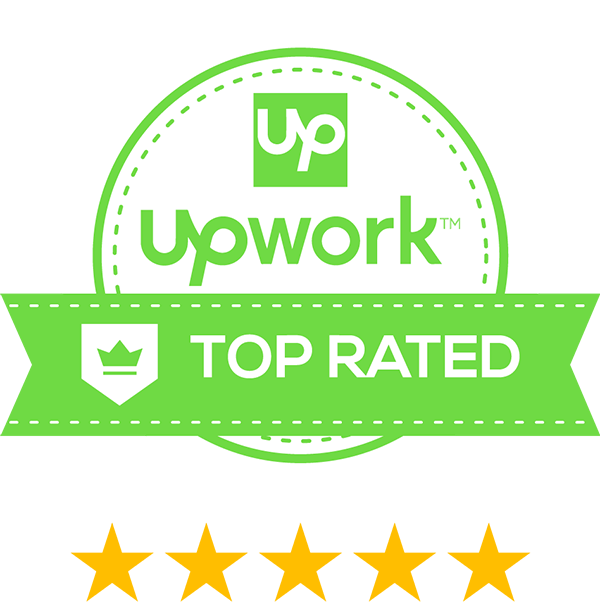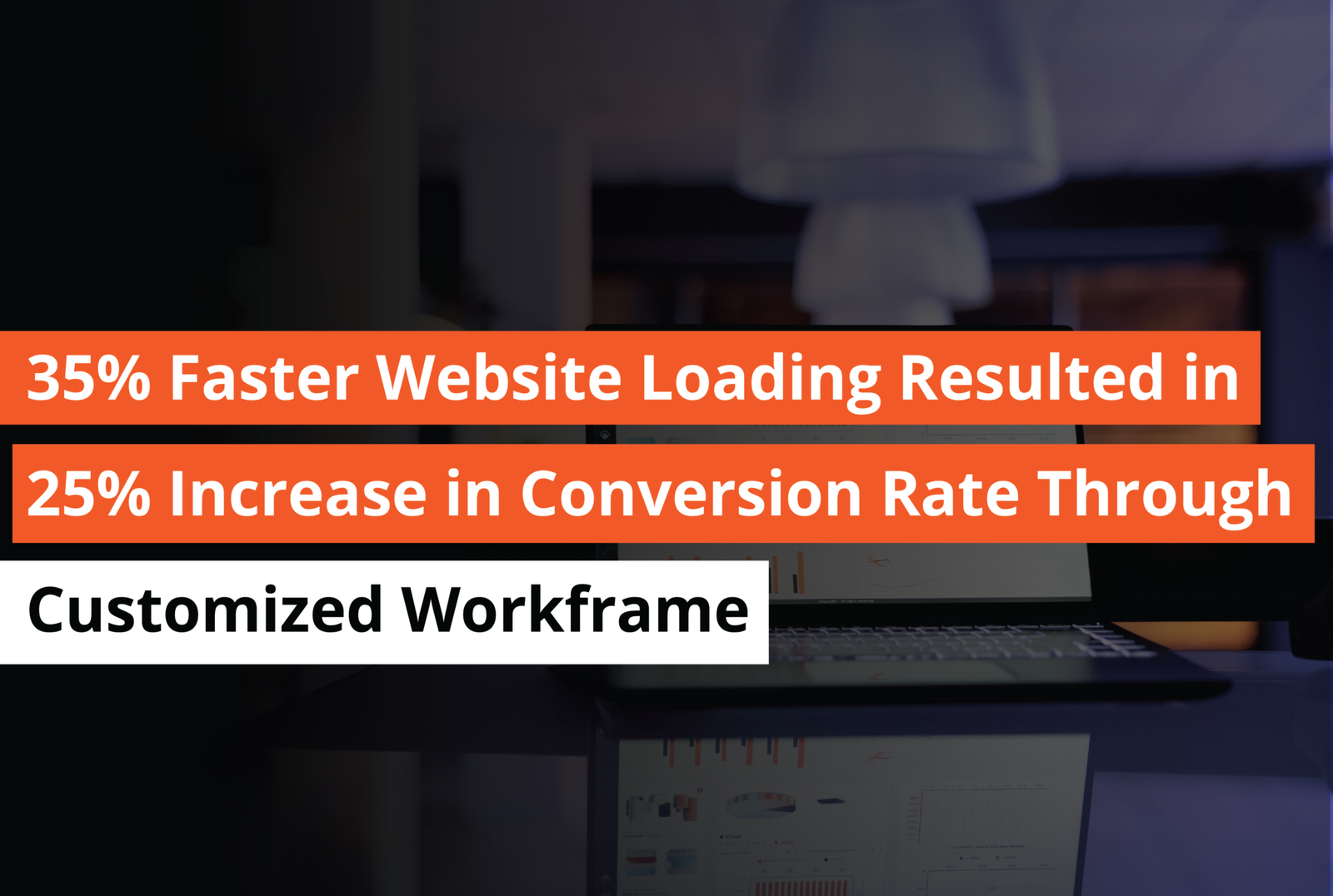Introduction:
Education is more important than ever in this world. It gives us the knowledge and skills to face challenges and adapt to a fast-changing environment. It opens doors to better jobs, helps us think critically, and encourages innovation. Education also plays a key role in making society better. It reduces poverty, promotes equality, and helps people make smart, responsible decisions. Education makes sure that we are ready to grow, learn, and succeed in a world driven by technology and data.
How Data is Helping the Education Industry?

Have you ever wondered how schools and colleges are becoming smarter every day? It’s not just about having better books or faster computers. Data is the real secret behind the scenes, helping teachers, students, and schools make better decisions. From tracking how well students are learning to designe courses that suit everyone, data is changing the way education works.
5 Real Scenarios with Different Data Services
1. Personalized Learning with Data Analytics
- Challenge: In a school, some students were struggling with math, while others found it too easy. Teachers couldn’t figure out why some students performed better than others, and it was hard to focus on everyone’s needs in a single classroom. Generic teaching methods made learning boring for many students.
- Solution: The school used data analytics to gather detailed information about each student. They analyzed test scores, homework patterns, and even how long students took to solve problems. This data revealed which topics students were struggling with and which they understood well. Teachers then created personalized study plans with focused exercises for each student.
- Result: Students found learning more enjoyable and effective. Those struggling with math improved their scores by 20%, while advanced learners got challenges that kept them engaged. Teachers reported that the class felt more interactive and balanced, and parents were thrilled with the progress.
2. Keeping All Student Data in One Place with Data Migration
- Challenge: A large school district had been using old systems to store student data, but the systems didn’t talk to each other. This caused delays in accessing student information for administrative tasks, performance tracking, and even parent meetings. Teachers and staff often faced errors and wasted time searching for records.
- Solution: The school migrated all its data to a centralized Student Information System (SIS) using a data migration process. Before the migration, the IT team cleaned up the data to remove duplicates and fixed missing information to ensure accuracy. The new system stored everything in one place, making it accessible from anywhere.
- Result: Administrative work became 40% faster, and teachers no longer wasted time on paperwork. During parent-teacher meetings, teachers could quickly pull up student records and provide better feedback. The centralized system also made compliance reporting easier and more accurate.
3. Tracking Progress in Real-Time with Data Pipelines
- Challenge: An online learning platform offered courses to thousands of students but struggled to track their performance in real-time. This meant that instructors couldn’t identify when a student was falling behind until it was too late. The platform also faced issues with outdated progress reports, which frustrated both students and teachers.
- Solution: The platform built a real-time data pipeline that connected different systems, including quizzes, assignments, and live classes. The pipeline automatically updated student progress in real-time and fed this data to the instructors’ dashboard. Teachers received alerts whenever a student was behind schedule or scored poorly.
- Result: Instructors could provide instant support to struggling students, improving their confidence and learning outcomes. The real-time updates also motivated students to stay on track, resulting in a 30% higher course completion rate. Additionally, the platform received positive feedback from both students and instructors, boosting its reputation.
4. Predicting Student Enrollment with Data Engineering
- Challenge: A university often overestimates or underestimates student enrollment for the upcoming year. When they overestimated, it led to unused resources like empty classrooms and extra teaching staff. Underestimating caused a shortage of seats and overburdened faculty. These miscalculations created financial inefficiencies and frustration among staff and students.
- Solution: Using data engineering, the university analyzed historical enrollment data, regional population trends, local economic factors, and student application patterns. Machine learning models were deployed to predict the exact number of enrollments for each department.
- Result: The university achieved 95% accuracy in its enrollment forecasts. They planned their resources more efficiently, saving money on unnecessary staff hires and ensuring classrooms and faculty were utilized effectively. This approach also improved student satisfaction, as they found the campus well-prepared for their needs.
5. Making the Curriculum Better with ETL
- Challenge: A school board updated its curriculum to include more practical learning but wasn’t sure if the changes were helping students improve. They needed detailed insights into how the new curriculum impacted test scores and overall student performance but didn’t have a clear way to analyze this data across multiple schools.
- Solution: The board used an ETL (Extract, Transform, Load) process to gather data from all schools in their network. They extracted information on test scores, attendance, and teacher feedback from different systems, transformed the data into a uniform format, and loaded it into a central analytics platform. Dashboards were created to track trends and compare results before and after the curriculum changes.
- Result: The analysis showed that students scored 15% higher in practical exams and showed better problem-solving skills. The board identified areas where the curriculum still needed improvement and made targeted updates. Teachers felt more confident teaching the updated syllabus, and parents appreciated the focus on real-world learning.
Top 5 Secret Benefits of Using Data in the Education Industry

1. Personalized Learning Experiences
- Secret Benefit: Data analytics helps track individual student performance and learning preferences, enabling educators to tailor lessons and resources to each student’s unique needs. This enhances engagement and boosts academic outcomes.
2. Early Identification of At-Risk Students
- Secret Benefit: By analyzing attendance records, test scores, and participation data, institutions can identify students who may be struggling and intervene early with targeted support, reducing dropout rates.
3. Optimized Resource Allocation
- Secret Benefit: Data insights can pinpoint which programs, courses, or facilities are underutilized or in high demand, helping schools allocate resources more effectively and cut unnecessary expenses.
4. Improved Teacher Performance and Methods
- Secret Benefit: Data-driven feedback systems allow educators to evaluate their teaching methods and outcomes, encouraging continuous professional development and improved classroom effectiveness.
5. Better and Effective Curriculum Development
- Secret Benefit: Analyzing student feedback and performance data enables educational institutions to design and update curriculums that are relevant, engaging, and aligned with real-world needs.
Conclusion
Data is revolutionizing the education industry by fostering a more personalized, efficient, and outcome-driven learning environment. From individual student growth to institutional improvements, the secret benefits of data empower educators, administrators, and students alike. Embracing data-driven strategies is the key to building a future-ready education system that maximizes potential and drives success.
Want to explore more about learning outcomes with smart data solutions? Register to get your fully customized Proof of Concept crafted by data professionals at no cost.
Hurry, this exclusive offer is available for a limited time only
About Author

I’m Isha Taneja, and I love working with data to help businesses make smart decisions. Based in India, I use the latest technology to turn complex data into simple and useful insights. My job is to make sure companies can use their data in the best way possible.
When I’m not working on data projects, I enjoy writing blog posts to share what I know. I aim to make tricky topics easy to understand for everyone. Join me on this journey to explore how data can change the way we do business!
I also serve as the Editor-in-Chief at "The Executive Outlook" where I interview industry leaders to share their personal opinions and add valuable insights to the industry.
































